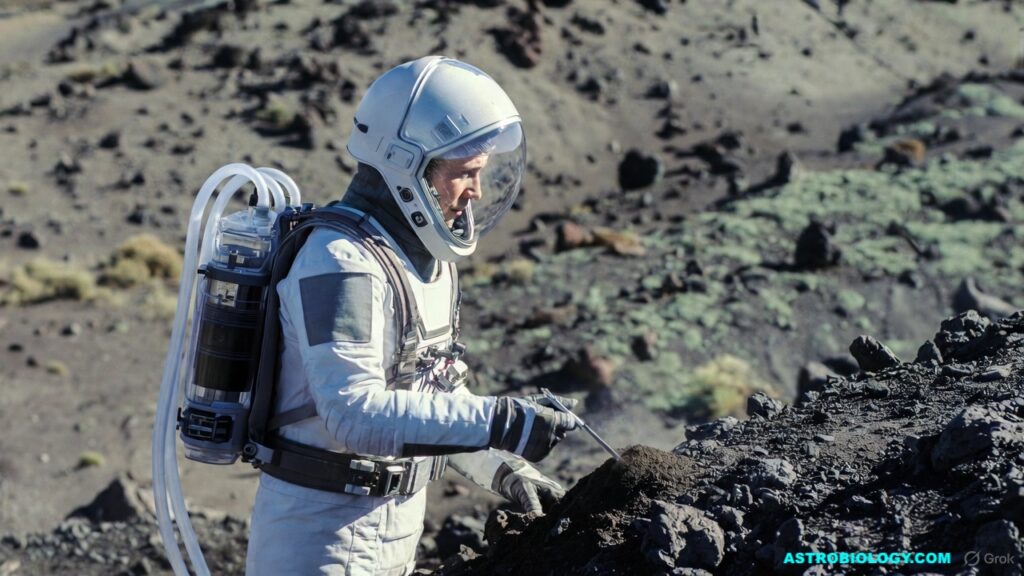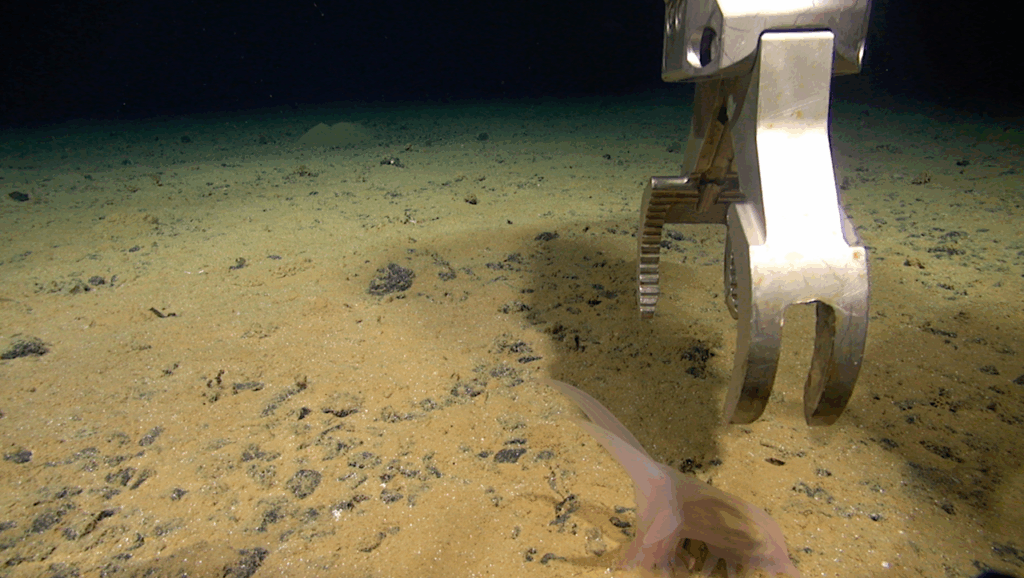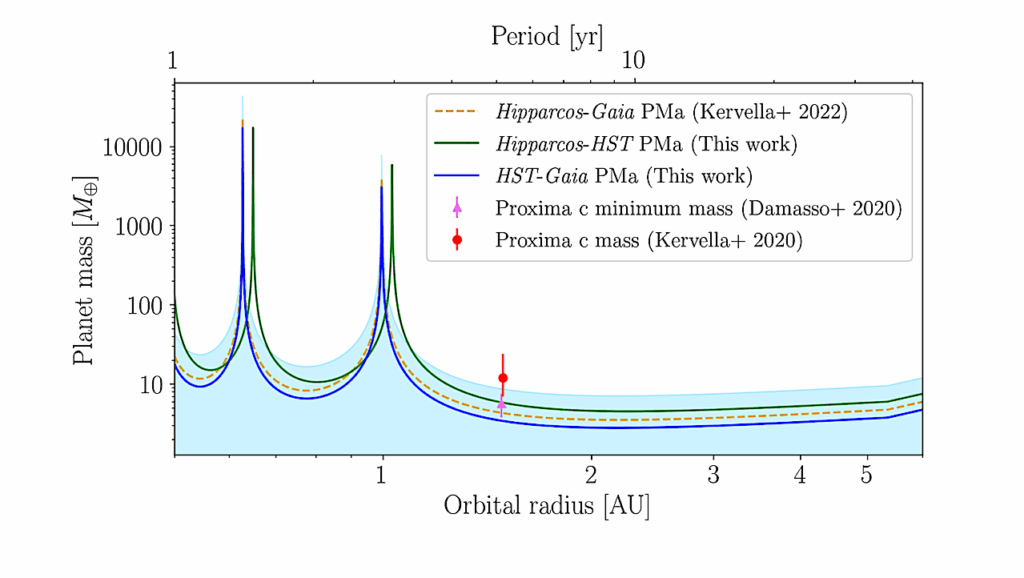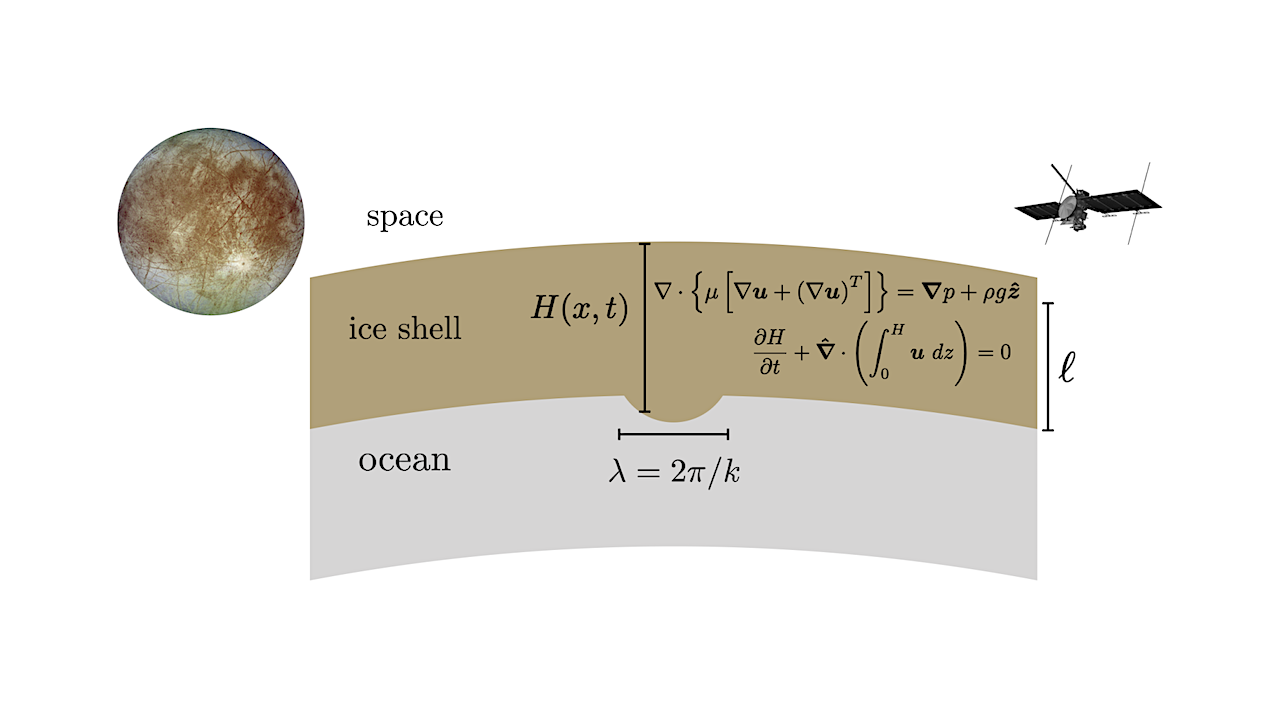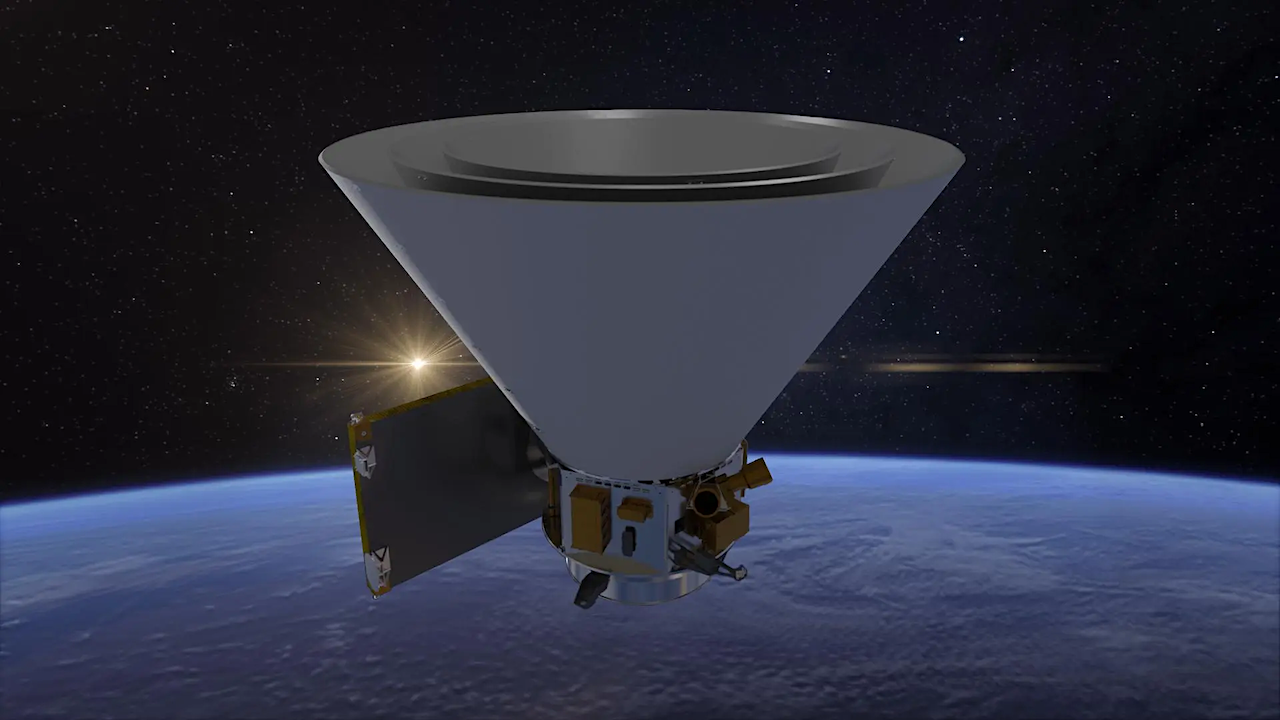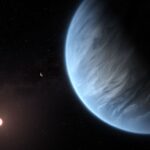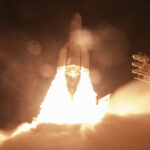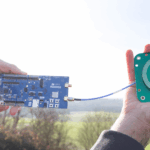Now Reading: Microlensing Events Indicate That Super-Earth Exoplanets Are Common In Jupiter-like Orbits
-
01
Microlensing Events Indicate That Super-Earth Exoplanets Are Common In Jupiter-like Orbits
Microlensing Events Indicate That Super-Earth Exoplanets Are Common In Jupiter-like Orbits
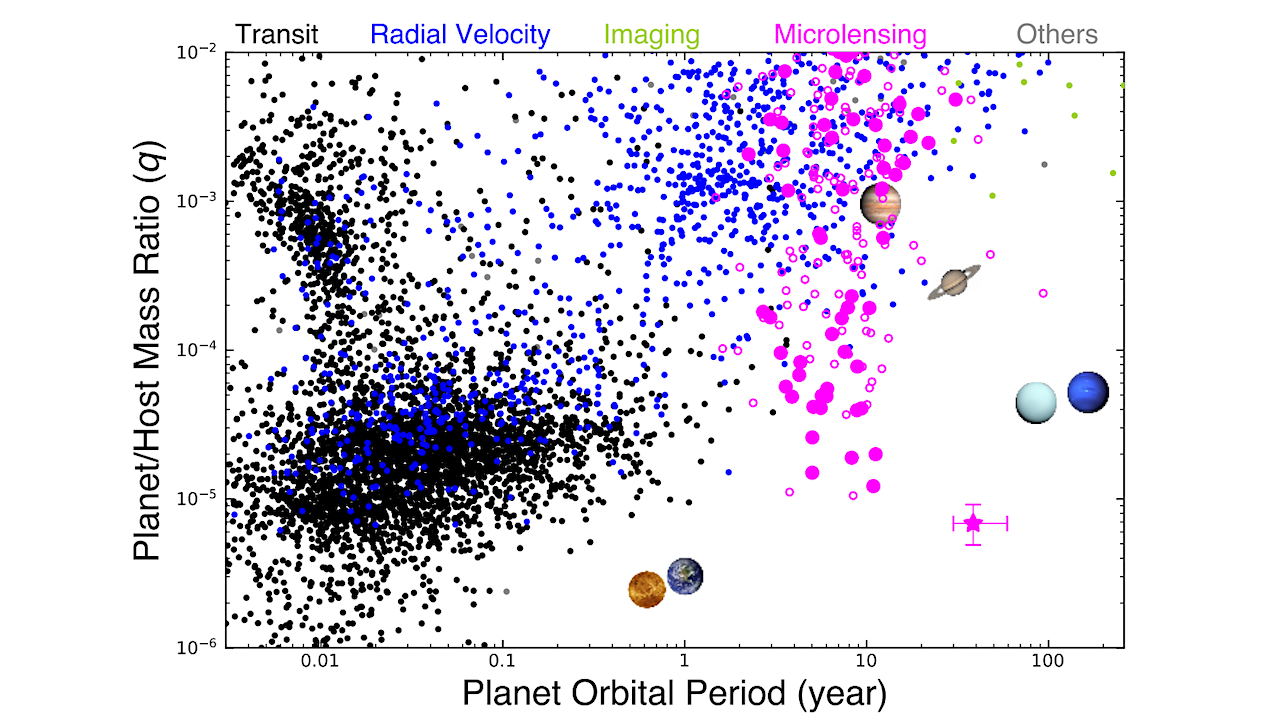

Periods and mass ratios for planets detected using different methods. Data points show all exoplanets catalogued on 30 July 2023 (41) and are color-coded by detection method (see legend). The magenta star indicates OGLE-2016-BLG-0007Lb (error bars show 68% confidence intervals for this planet, but are omitted from all other planets). Colored images show six Solar System planets: Venus, Earth, Jupiter, Saturn, Uranus and Neptune. Filled magenta points are our collated sample of planets from the KMTNet microlensing survey (see text); empty magenta circles are other planets detected with the microlensing technique. The microlensing detections include planets with mass-ratios corresponding to super-Earths with Jupiter-like orbital periods. — astro-ph.EP
Exoplanets classified as super-Earths are commonly observed on short period orbits, close to their host stars, but their abundance on wider orbits is poorly constrained. Gravitational microlensing is sensitive to exoplanets on wide orbits.
We observed the microlensing event OGLE-2016-BLG-0007, which indicates an exoplanet with a planet-to-star mass ratio roughly double the Earth-Sun mass-ratio, on an orbit longer than Saturn’s.
We combine this event with a larger sample from a microlensing survey to determine the distribution of mass ratios for planets on wide orbits. We infer there are ∼0.35 super-Earth planets per star on Jupiter-like orbits.
The observations are most consistent with a bimodal distribution, with separate peaks for super-Earths and gas giants. We suggest that this reflects differences in their formation processes.
Weicheng Zang, Youn Kil Jung, Jennifer C. Yee, Kyu-Ha Hwang, Hongjing Yang, Andrzej Udalski, Takahiro Sumi, Andrew Gould, Shude Mao, Michael D. Albrow, Sun-Ju Chung, Cheongho Han, Yoon-Hyun Ryu, In-Gu Shin, Yossi Shvartzvald, Sang-Mok Cha, Dong-Jin Kim, Hyoun-Woo Kim, Seung-Lee Kim, Chung-Uk Lee, Dong-Joo Lee, Yongseok Lee, Byeong-Gon Park, Richard W. Pogge, Xiangyu Zhang, Renkun Kuang, Hanyue Wang, Jiyuan Zhang, Zhecheng Hu, Wei Zhu, Przemek Mróz, Jan Skowron, Radosław Poleski, Michał K. Szymański, Igor Soszyński, Paweł Pietrukowicz, Szymon Kozłowski, Krzysztof Ulaczyk, Krzysztof A. Rybicki, Patryk Iwanek, Marcin Wrona, Mariusz Gromadzki, Fumio Abe, Richard Barry, David P. Bennett, Aparna Bhattacharya, Ian A. Bond, Hirosane Fujii, Akihiko Fukui, Ryusei Hamada, Yuki Hirao, Stela Ishitani Silva, Yoshitaka Itow, Rintaro Kirikawa, Naoki Koshimoto, Yutaka Matsubara, Shota Miyazaki, Yasushi Muraki, Greg Olmschenk, Clément Ranc, Nicholas J. Rattenbury, Yuki Satoh, Daisuke Suzuki, Mio Tomoyoshi, Paul J. Tristram, Aikaterini Vandorou, Hibiki Yama, Kansuke Yamashita
Comments: Published in Science
Subjects: Earth and Planetary Astrophysics (astro-ph.EP); Astrophysics of Galaxies (astro-ph.GA); Solar and Stellar Astrophysics (astro-ph.SR)
Cite as: arXiv:2504.20158 [astro-ph.EP] (or arXiv:2504.20158v1 [astro-ph.EP] for this version)
https://doi.org/10.48550/arXiv.2504.20158
Focus to learn more
Journal reference: 2025, Science, Vol 388, Issue 6745, pp. 400-404
Related DOI:
https://doi.org/10.1126/science.adn6088
Focus to learn more
Submission history
From: Weicheng Zang
[v1] Mon, 28 Apr 2025 18:02:38 UTC (7,627 KB)
https://arxiv.org/abs/2504.20158
Astrobiology,
Stay Informed With the Latest & Most Important News
Previous Post
Next Post
-
 012024 in Review: Highlights from NASA in Silicon Valley
012024 in Review: Highlights from NASA in Silicon Valley -
 02Panasonic Leica Summilux DG 15mm f/1.7 ASPH review
02Panasonic Leica Summilux DG 15mm f/1.7 ASPH review -
 03From Polymerization-Enabled Folding and Assembly to Chemical Evolution: Key Processes for Emergence of Functional Polymers in the Origin of Life
03From Polymerization-Enabled Folding and Assembly to Chemical Evolution: Key Processes for Emergence of Functional Polymers in the Origin of Life -
 04How New NASA, India Earth Satellite NISAR Will See Earth
04How New NASA, India Earth Satellite NISAR Will See Earth -
 05And Thus Begins A New Year For Life On Earth
05And Thus Begins A New Year For Life On Earth -
 06Astronomy Activation Ambassadors: A New Era
06Astronomy Activation Ambassadors: A New Era -
07SpaceX launch surge helps set new global launch record in 2024












